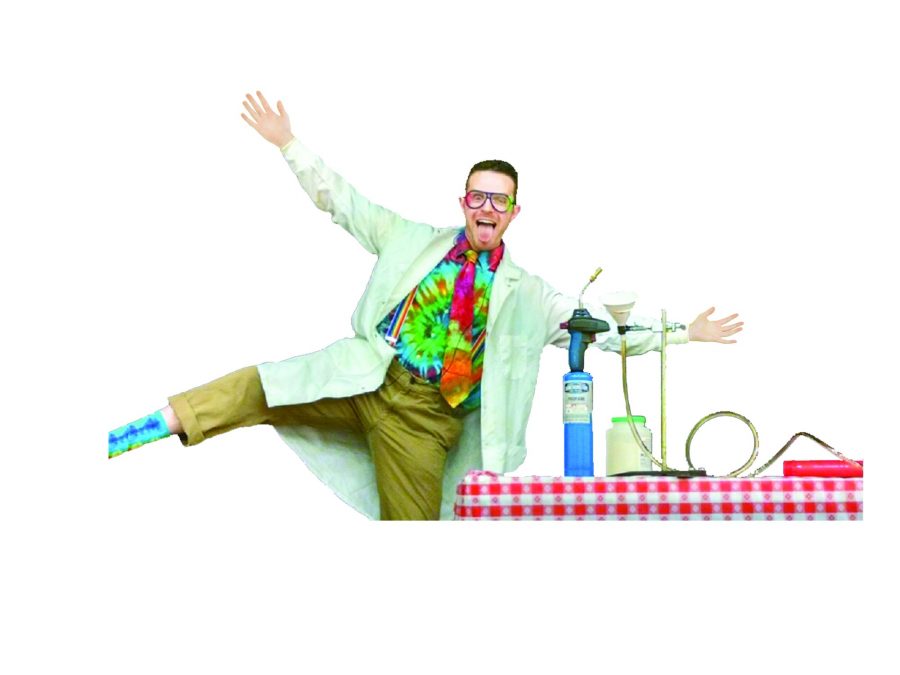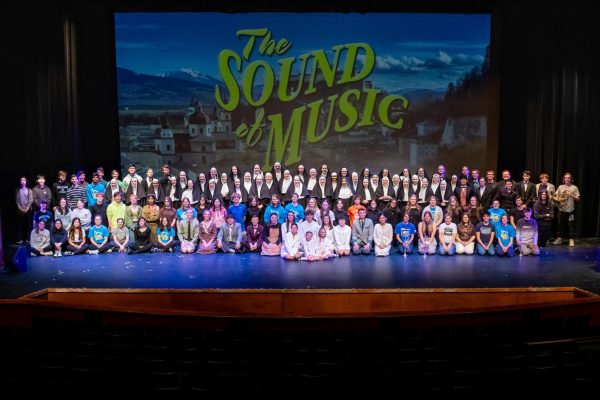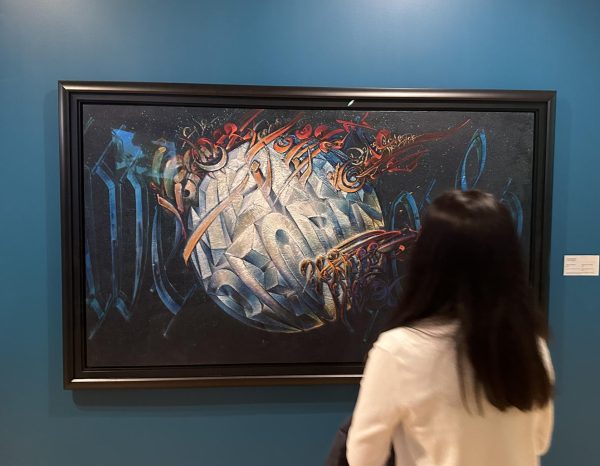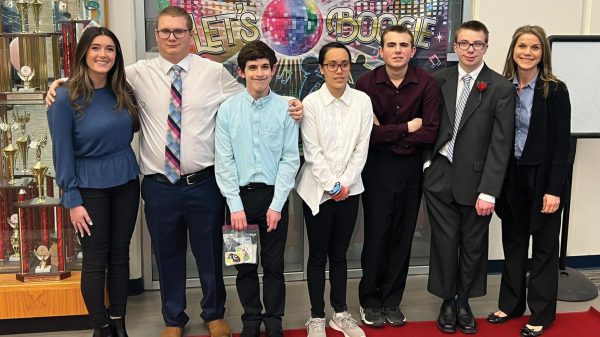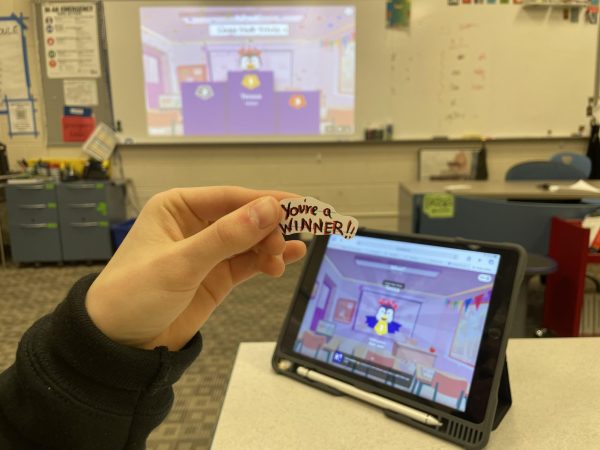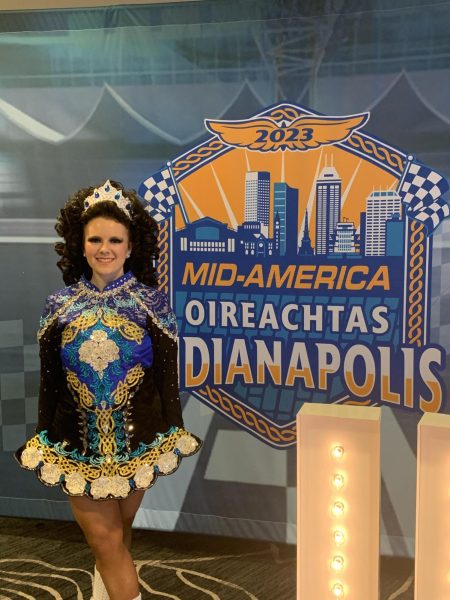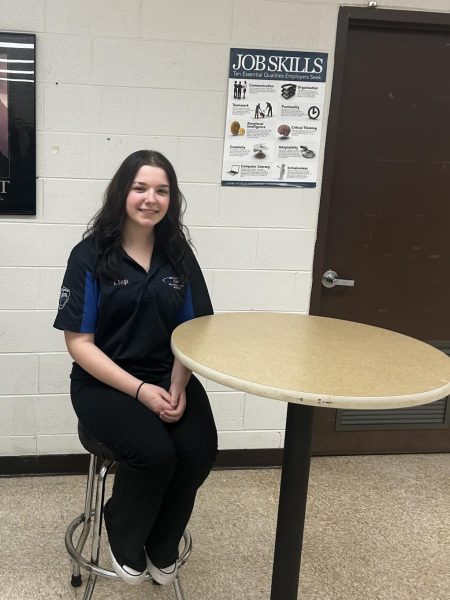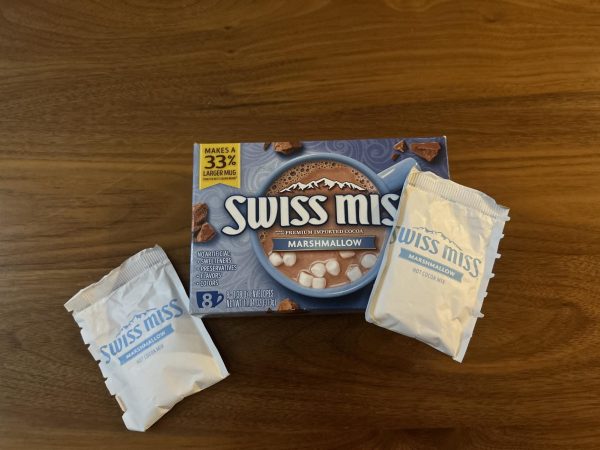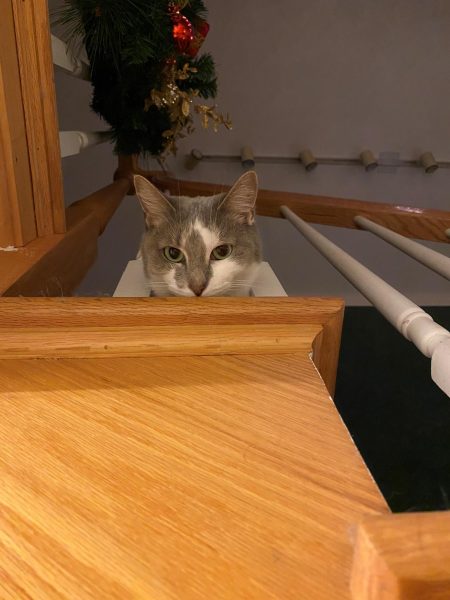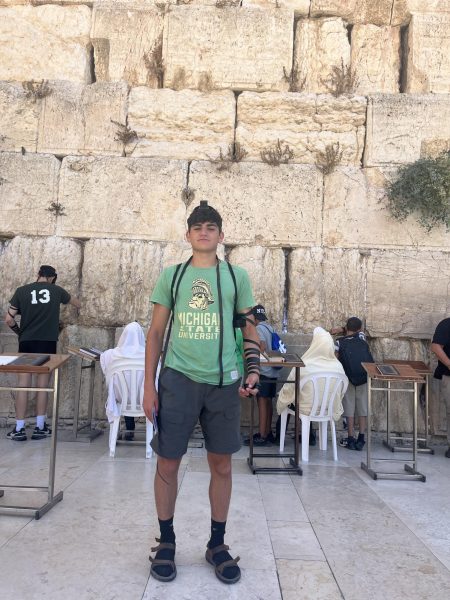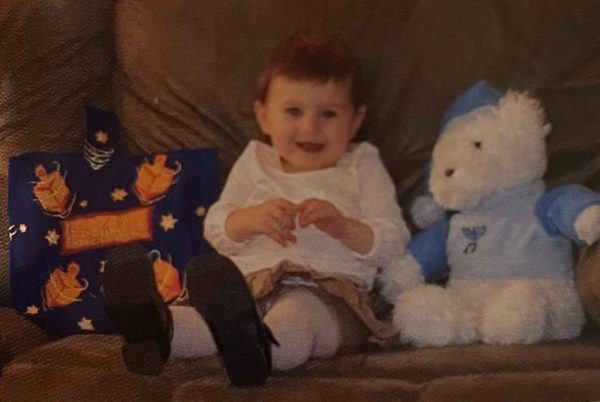Setting Science on Fire
Whether it was breathing fire or starting it, Donnie Castans, science teacher, went from being a typical high school class clown to a college circus clown, He now brings his own humor and experience into his classroom as a respected science teacher.
“I played a lot of sports in high school. My main sport was wrestling, then I started lacrosse my junior year,” Castans said. “When I was in college, I just wanted to do my own thing. One day I was walking through the quad and I saw my buddy randomly juggling 15 feet across the quad. I was like, ‘that’s awesome’ and he was like, ‘come on man, it’s the circus, you should come out,’ so I went to the open house.”
After attending the open house, Castans joined the circus. He was a circus performer for two and half years until he broke his foot and had to retire from the circus.
“I breathed fire, was a clown, did juggling, adagio [acrobatics], Spanish web [acrobatics], and unicycling for about two and a half years. It was half a year because I broke my foot jumping down the stairs of my dorm and I was on crutches,” Castans said. “I try to [connect the things I learned from the circus] to the things we learn about in class. It’s tough to fit it all in but some things apply to what we learn and I try to fit it in when I can.”
Besides connecting his circus experience to his lessons in the lab, Castans continues to be an entertainer and makes it his mission to spark students’ interest in science.
“I did a science fair with the kids at Middle School South. The students would pick a topic, research it, do a project on it, then set up a poster with a demo and the teachers in the district would judge them and give them feedback,” Castans said. “It was meant to spark their interest and get them more into science.”
“I walked around after the show and the kids would be like ‘Mr. Science come check this out’ and I would watch their demos,” Castans said. “I was the start of the whole thing. I [introduced] the show, and I did various demos for them. It was a way for me to blow their little minds and keep them interested in continuing science.”
When Castans was in school, he most likely would not have been a student involved in the science fair, but the kid goofing around with his friends.
“I was the kid that was more of the class clown. I was more about having a good time with my friends and I didn’t really appreciate the resources that I had at my disposal. I still asked questions, in fact, I was that kid in the class who would ask all the questions no matter what they were. I had no filter. People would tap me on the shoulder and say ‘hey ask this,’ and it would be a random off-the-wall question that of course made me look like an idiot, but I didn’t care.”
His social life, however, took precedence over his academic skills, Castans said. When his grades began to struggle, he decided to take action.
“Once my grade was tanking in chemistry, and I started to understand how to ask more appropriate questions, I started to [understand] more. I also noticed that the teacher herself was a resource, not just a teacher. I started to meet with her before and after school, but once I finally caught up, the puzzle pieces started to fit together as far as content goes,” Castans said. “I was really just amazed, I thought it was cool that you could start with something as simple as two powders it was like black magic turning into something like purple crystals.”
When he started applying to colleges, he knew he would have to decide his set path. He combined his interests and took as many classes as he could.
“When I applied to colleges, I got into ISU, Eastern, and U of I, but I decided to go to ISU,” Castans said. “I was debating between science in general [or going] into film and graphic design. When school started, my schedule was jam-packed with art and science classes.”
After deciding to continue his education in science, Castans became a student teacher at Hoffman Estates High School where he also coached boys’ lacrosse.
“When I student taught at Hoffman Estates, I realized that I still really liked lacrosse [from when I played in high school], so I volunteered as their lacrosse coach. Then I was put on the payroll and started getting paid to coach,” Castans said.
While he decided to coach lacrosse, Castans also found other ways to stay connected and interact with his students.
“I am the varsity scholastic bowl coach, the ACT coordinator, and the freshmen boys’ lacrosse coach. I really like [interacting] with kids. At times I see students and think, ‘was I ever like that? I was definitely like that,’ and the interactions I have with the students and the teachers just cracks me up,” Castans said.
Castans’ involvement in the school and in his students’ education allows for him to create a special learning environment for his students.
“The phrase that teachers always hear is ‘bag of tricks’ and I would say the interactions I have with my students and my experience teaching adds to my bag of tricks,” Castans said. “A term I like to use more specifically in my class is ‘zen,’ because I started becoming less rigid about how we do things in class and let the class and personalities of the students let go so they can be themselves. It allows me to put myself out there as a dorky, goofy, sarcastic person, but it also shows my students that they can [do the same] and put themselves out there too.”
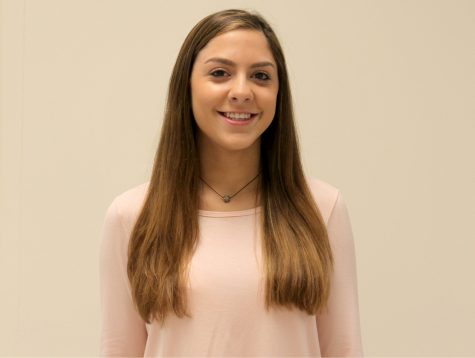
Dominique is the LZ Life Editor (aka the best section). Aside from Bear Facts, she spends her free time with her friends and getting involved in the...

